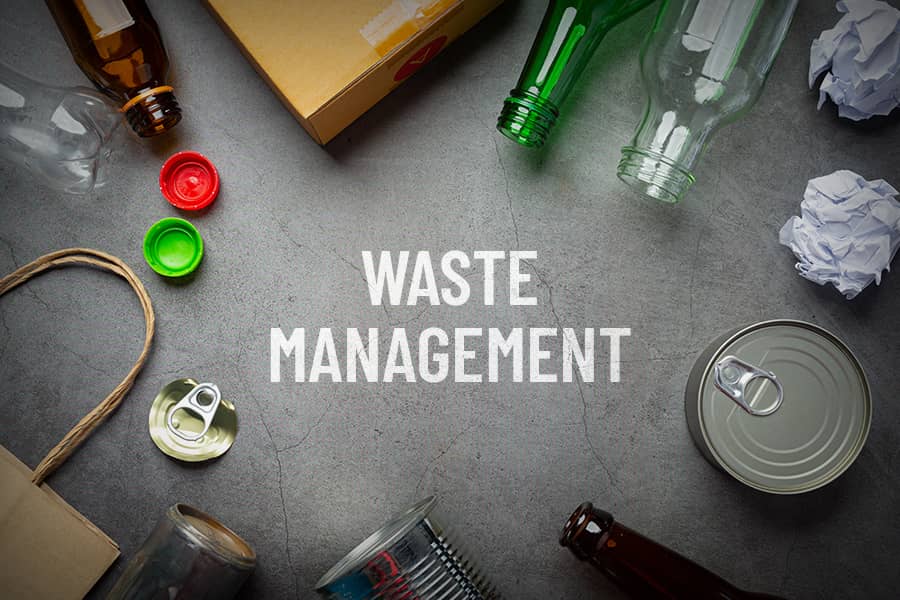The circular economy is an increasingly relevant concept in a world seeking sustainable solutions to preserve natural resources and reduce environmental impacts.
What is the circular economy?
Unlike the traditional economic model, which is based on extracting, manufacturing, consuming, and disposing, the circular economy offers an alternative focused on reuse, repair, and recycling. This model aims to keep materials and products in use for as long as possible, thus minimizing waste and reducing the need for new resources.
For companies, adopting a circular economy approach is key to advancing towards more efficient and responsible waste management.
Benefits of the Circular Economy
The transition to a circular economy offers multiple benefits for the environment, companies, and society as a whole. The most notable benefits include:
- Waste reduction: By designing products with longer life cycles and encouraging the reuse of materials, the amount of waste that ends up in landfills is significantly reduced. This not only benefits the environment but also lowers the costs associated with waste management.
- Resource savings: The circular economy minimizes dependence on virgin resources. This leads to less exploitation of raw materials and a more efficient conservation of natural resources. For businesses, this approach reduces production costs and ensures a more stable supply of materials in the long term.
- Lower carbon footprint: By reusing and recycling products instead of constantly producing new ones, greenhouse gas emissions are reduced. This helps combat climate change and enables companies to comply with increasingly strict environmental regulations.
- Innovation boost: The circular economy encourages the creation of new business models and the development of sustainable technologies. Sectors such as repair, recycling, and product regeneration experience significant growth, opening up opportunities for companies to innovate in their processes and products.
- Enhanced brand value: Companies that adopt circular economy practices often improve their reputation and earn the preference of consumers who are increasingly aware of environmental impact. Sustainability becomes a differentiating factor and an attraction for clients and strategic partners.
How to Promote the Circular Economy in Businesses
Adopting the circular economy within a company involves a shift in how resources and waste are managed. Below are some strategies to foster this model:
- Designing sustainable products: Sustainable materials or biodegradable options can be considered from the beginning of the design process, prioritizing durability. This facilitates repair and recycling at the end of a product’s life cycle.
- Implementing recycling and reuse processes: Integrating internal recycling systems allows for the reuse of materials and components. Additionally, companies can partner with recycling specialists to maximize the value of their waste.
- Training personnel: It is essential that employees understand and support circular economy practices. Training in waste management and sustainability enables greater engagement and effectiveness in applying these practices.
- Collaborating with other businesses and entities: Establishing alliances with other companies and institutions facilitates the creation of circular supply chains and the reuse of resources across different industries.
Implementing the circular economy not only helps reduce environmental impact, but also enables companies to adapt to an increasingly regulated and competitive environment.
Furthermore, by focusing on efficient waste management and resource conservation, companies can build a more resilient business model aligned with the needs of a sustainable future.
---------------------------------------------------------------------------
Are you interested in Virtual Reality as a tool for health and safety training?
Fill out this form to receive specific information about the benefits and features of our VR platform.


